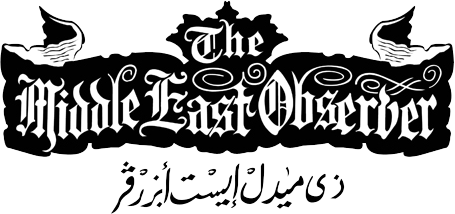WorldAs we enter 2025, the world finds itself at a crossroads, where artificial intelligence (AI) is poised to shape the future in profound ways. The United States, under the guidance of Vice President JD Vance, is unapologetically setting the table for what it envisions as a new era of technological dominance. In a recent speech at the Paris AI Summit, Vance laid out a bold vision steeped in American exceptionalism, suggesting that other nations should follow the U.S.’s lead in AI development and regulation.
Vance’s remarks showcased a blend of assertiveness and a controversial hands-off approach, urging countries to align with the U.S. model. He argued that the U.S.’s leadership in cutting-edge AI models is unparalleled and that collaboration, rather than competition, should be the global strategy. This perspective, however, has been met with skepticism, particularly from European counterparts who have adopted stricter regulatory frameworks. As reported by Fast Company, the summit saw all attending nations commit to ensuring AI remains safe and trustworthy, a declaration notably unsigned by the U.S. and the U.K.
The American stance on AI echoes a broader pattern of enforcing its worldview, with a diplomatic playbook that extends beyond technology and into geopolitics. The U.S. administration’s approach to the Israeli-Palestinian conflict, embodied in the proposed “Gaza Riviera” project, suggests a preference for grandiose, out-of-the-box solutions over traditional peace negotiations. Meanwhile, the U.S. has engaged in selective diplomacy with Russia over Ukraine, while simultaneously attributing Europe’s challenges with free speech to its internal policies rather than external pressures.
Notably, PwC’s recent report on AI agents as workplace disruptors underscores the transformative potential of AI, suggesting it could eclipse even the internet’s impact. PwC advocates for a collaborative synergy between humans and AI, promoting a model of “augmented intelligence” that could drive unprecedented productivity and innovation. This vision aligns with the U.S.’s push for a laissez-faire approach, ensuring that technology companies self-regulate in areas of safety and security.
In the digital corridors of power, OpenAI’s latest policy reflects this philosophy, embracing intellectual freedom and abandoning previous content restrictions. As outlined in their recent blog post, OpenAI’s models are now designed to engage with sensitive topics, provided they don’t incite harm. This shift mirrors the broader trend among tech giants like Meta and reflects a significant pivot in content moderation policies.
As the global community navigates this critical juncture, the question remains: Are nations prepared to “eat what is set before them”? With the U.S. positioning its AI as the guiding light for the new age, Countries face a choice: align with this vision with no regulations and Copy-Right off-tracks to attain this vision or pursue their paths with alternative, low-cost AI solutions. The stakes are high, and the outcomes will shape the contours of our technological and geopolitical landscape for decades to come.


